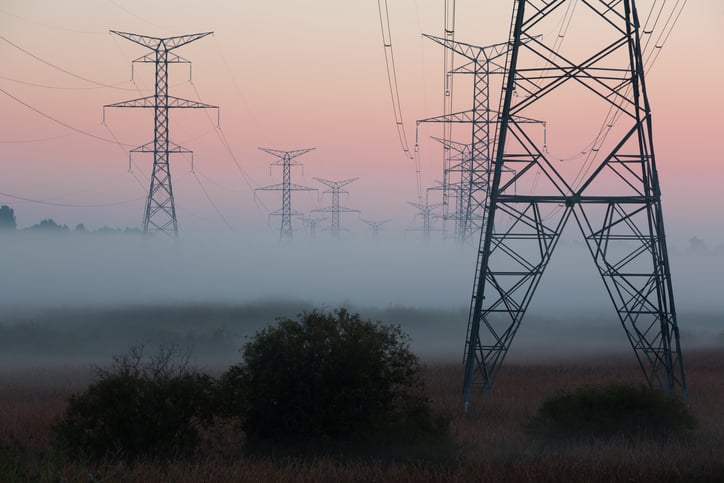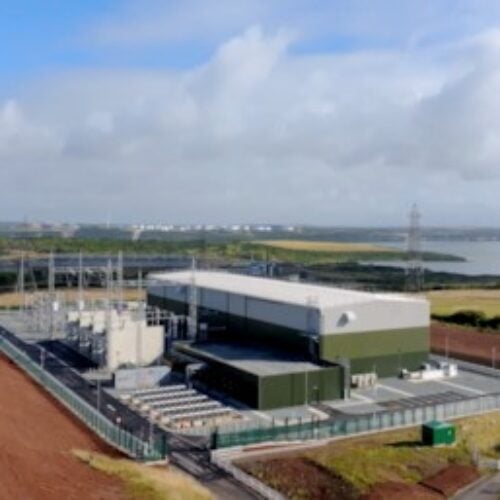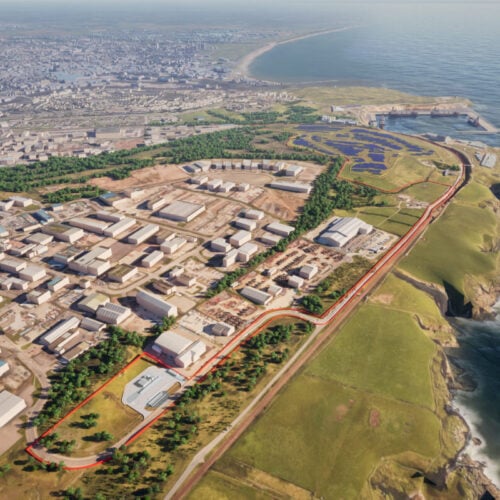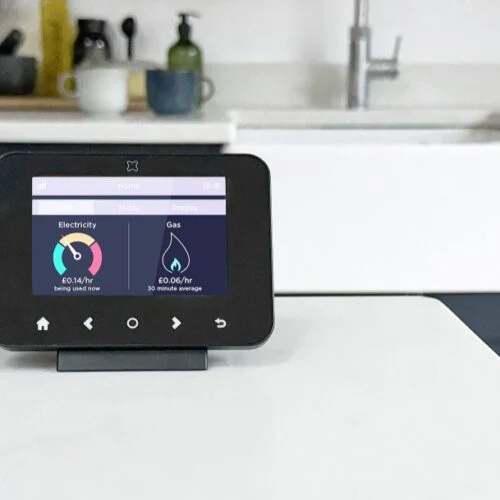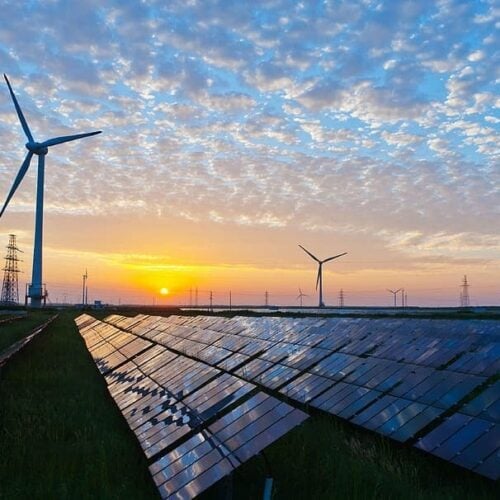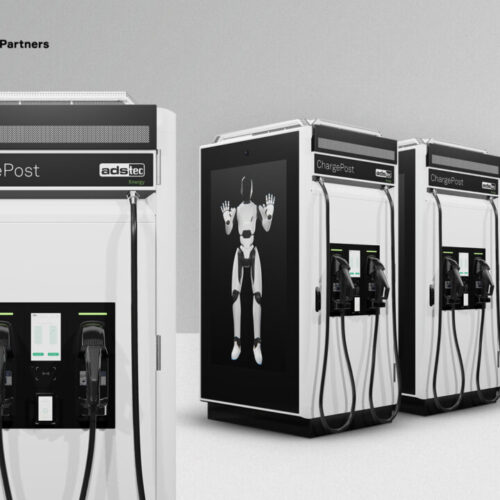Energy regulator Ofgem has deferred its decision on the cost of equity range for energy networks in the forthcoming RIIO-2 framework until December, but has unveiled a raft of decisions as its new framework begins to take shape.
This morning Ofgem published an update on its progress towards a successor for RIIO-1, due to come into effect for electricity networks in 2023, which is aimed to be far tougher on returns than the current model.
In March the regulator said the overhaul was intended to save consumers some £5 billion over the course of five years, predominantly by capping the cost of equity range – essentially the level of returns shareholders in network companies can expect – to between 3 and 5%.
However this morning Ofgem has said there is “no update” on the proposed range pending further assessment and modelling work to be completed. The regulator has instead committed to develop methodologies for the proposed frameworks which will be published in December.
But the successor framework has nevertheless begun to take shape. Among the decisions finalised and announced this morning are;
- Ofgem is to introduce a new and enhanced engagement model, which will incorporate customer engagement and user groups at a company level;
- The introduction of open public hearings to address areas of concern;
- A commitment to re-set the default length of RIIO control periods to five years, down from their current eight;
- Introducing separate controls for the electricity system operator (National Grid), to be drawn up and unveiled later this summer, and;
- A decision to retain an innovation stimulus package, but with a tightened remit to limit funding to projects not otherwise delivered by broader frameworks.
That innovation package will be warmly received by network companies, but comes with a series of caveats. Chiefly the innovation package will come with an increased alignment to the wider energy transition occurring within the sector and with greater co-ordination with existing public funding.
Cost of equity decisions
Ofgem noted that stakeholders were broadly in support of the methodology put forward by Ofgem earlier this year but, unsurprisingly, disagreed over how that methodology should be applied to determine appropriate levels of returns. While network companies and the Energy Network Association said the 3 – 5% cost of equity range was too low, Citizens Advice, energy suppliers and other stakeholders supported it.
But Ofgem has ultimately decided that further work is necessary, pending a review of all the evidence submitted by stakeholders, before a final decision on RIIO-2’s cost of equity is determined. A further consultation on sector-specific (electricity distribution and transmission, as well as gas distribution) methodologies, including the crucial updated estimate range for cost of equity, is to be published in December.
Nevertheless, a number of decisions have already been reached. Ofgem has elected to rule out a hard cap and floor return adjustment mechanism, but has decided to keep the option of indexation of the cost of equity at this stage. Meanwhile, the regulator has said it will use a Capital Asset Pricing Model (CAPM) to determine an appropriate cost of equity range.
Ofgem will estimate expected market returns by considering historical long-run averages, and the regulator has committed to investigate issues involved in the estimation of beta for network companies based on issues previously raised in the UK Regulators Network’s (UKRN) report cited by Citizens Advice earlier this year.
Industry response
Jonathan Brearley, executive director for systems and networks at Ofgem, said that the plans formed part of an ongoing programme within Ofgem to ensure that consumers received “reliable and secure power supplies at a fair price”.
National Grid, the transmission system operator, responded to the proposals in a statement to the market this morning and said it was pleased with the decisions made so far. “We look forward to continuing to work constructively with Ofgem and other stakeholders over the coming months to achieve the best possible outcome for all stakeholders,” the company said.
Meanwhile, the Energy Networks Association responded in a statement issued this morning by lauding networks as the “nerve-centre of a low cost, smarter and cleaner energy system” and singled out a number of the proposals outlined today for praise.
“Dynamic regulation is fundamental to help the networks continue enabling new, low carbon technologies while responding to the changing needs of consumers. RIIO-2 must allow networks to carry on delivering while also being founded on the principles of transparency and stability to provide predictability for investors, innovators and consumers.
“Customers are at the heart of our businesses so we will be looking to build on our track record of high customer satisfaction throughout the current price control period and into RIIO-2. New Customer Engagement Groups will help us to reflect customers’ views so we can take them into consideration for future plans. Network companies look forward to working closely with Ofgem in the weeks and months ahead on their RIIO-2 proposals,” the statement read.
